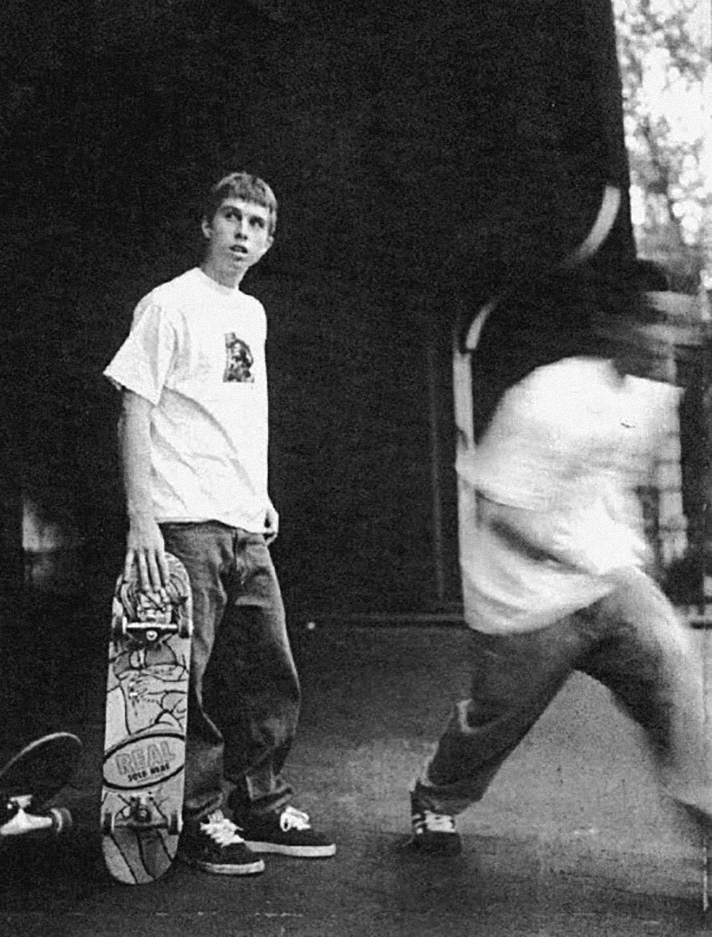
You’ll see the phrase “all-time favorite” being used a lot to describe Keith Hufnagel, who we lost yesterday at the age of 46 after a two-and-a-half year long battle with brain cancer.
We use this phrase a lot in general. “All-time great,” “all-time favorite, “greatest of all-time.”
There were tributes from people who came of age in the nineties (Huf’s peers), the 2000s (Huf disciples), the 2010s (Huf — now the brand — teamriders.) The youngest person I saw post about Huf’s influence on them was 17 — he wasn’t even born when Real to Reel came out.
To hear people talk about Huf, there is always this emphasis on simplicity: a select bag of tricks, done really, really, REALLY well.
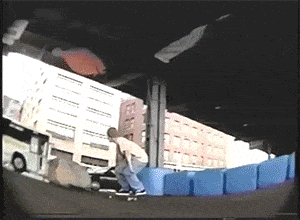
But within that perceived simplicity, was the space for inimitable nuance.
In Non-Fiction, the arms up at a pedestrian botching his final trick provided a more emphatic end to a line than a make would have.
In Roll Forever, the lil’ ollie out of a gap-manual made all the difference in the trick, which anyone else fortunate enough to do would’ve just dropped down from.
In Interface, the control over his speed after he kickflips a third of the way into the Big Banks is almost deceptive.
The two perfectly placed powerslides in his Penal Code ender behave like the skate-equivalent of commas in a long sentence.
Closing a part with a boardslide on a cement barrier, wallie on a rock, and impromptu bus skitch singlehandedly embodies the improvisational nature of skating in New York in less than ten seconds.
Man, Huf’s Transworld pro spotlight came out almost a quarter century ago, and every time we wind up wandering on the east side of midtown at those benches that look good but actually aren’t — somebody is going, “Oh yeah, Huf. Ollie up, gap lipslide.” I don’t even know how many of us remember it was in Interface, because we’re still talking about it off a Chromeball scan of a magazine that came out before any of us were skating.
During street skating’s nascency in the nineties, when VHS tapes and magazines were the dominant media, Huf was in the early crop of New York-bred skaters that the world first saw. He was not the ledge wizardry pioneered at Embarcadero, or the big rails being grinded for the first time in southern California. To learn how to skate in New York was to understand that answering the question “where do you skate?” with “everywhere” wasn’t evasive, but true. Skating everywhere is how someone perfects utilitarian staples like a lipslide, a back 180 over a can, and a mere ollie on a bank to the point of being poetic.
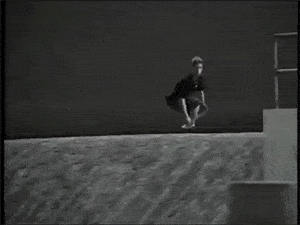
There is nothing “simple” about having your skateboarding resonate through three decades. Rails will get bigger, people will flip out of things more times than they did yesterday, and the clothes people are wearing today will look dated in the future.
Huf’s skateboarding is “all-time” because it isn’t of a time capsule. It will never look dated. Huf’s influence is visible in that Mason Silva part — probably the most talked-about part of 2020. It is, by the man’s own admission, sewn into Mark Suciu’s — the star of last year’s most talked-about part. Even when we were earmarking clips for the Top 10 this week, both Notis and Pfanner had obvious traces of Huf in how and what they skated.
Every skateboarder who has started a brand during this ten-year boom of skaters starting brands has been inspired by Huf in one way or another. Making money in skateboarding is always a dicey maze, and Huf’s path was nothing short of infallible — whether it was giving people now established in the industry their first warehouse jobs when they were teens, taking chances on start-up photographers and videographers, or providing once-in-a-generation talents like Dylan and Austyn an unfettered space for their visions, in a way that a bigger, non-skater-owned brand would be unable to stop itself from meddling in.
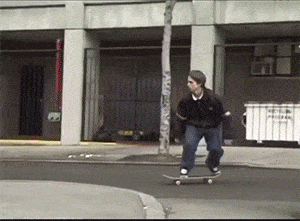
There’s no shortage of things to remember and replay. There’s the power, the speed, the push, the genuine approach to entrepreneurism, the kindness — like taking the time out of his commute home to talk to a skateboard blog about photos shot thirty years ago on a whim.
Rest in peace and thank you for everything, Keith Hufnagel — one of the greatest skaters we were fortunate enough to share this thing called skateboarding with, of all-time.



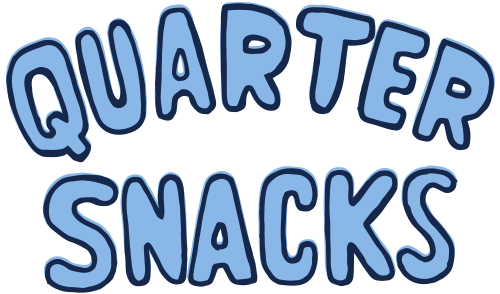
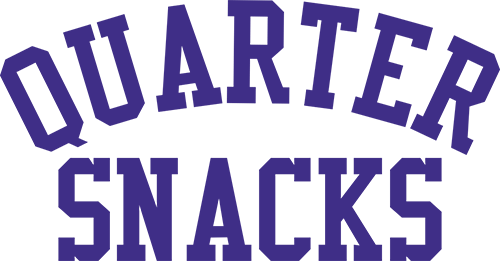

test
Just realized comments weren’t working for the past week or so :(
We’re good now though. Apologies.
the backside flip he does on flat at the end of the lipslide and front board line at the 12-stair spot across from world trade is imo the best backside flip ever. yes, better than any kalis one. rest easy.
This is the way. He left the world a better place. God speed Huf!